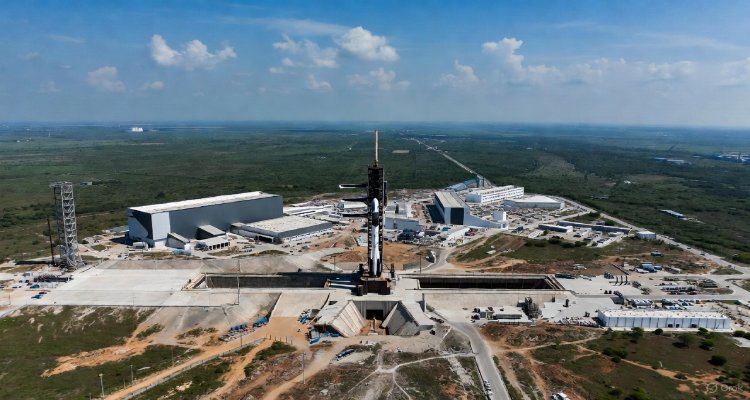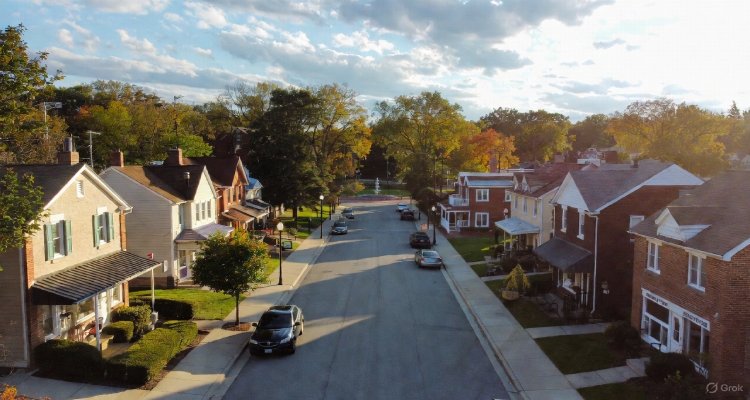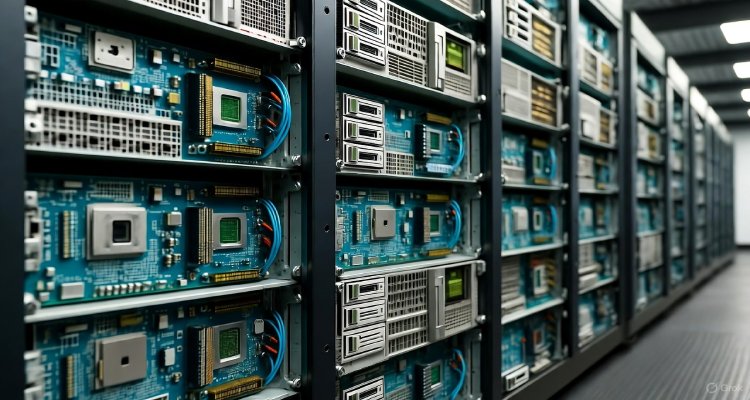The Server Farms That Refuse to Die
Introduction: The Machines That Never Sleep
In the remote outskirts of cities, beyond the glare of neon skylines, lie the ghostly behemoths of the internet age — server farms that refuse to die. These sprawling facilities, some older than the social media platforms they once powered, still thrum with electricity. Their blinking lights tell a story of digital resilience — and of an industry caught between innovation and inertia.
Once cutting-edge, these server farms were the backbone of the early web — hosting emails, e-commerce platforms, and the rise of streaming. Today, in an era defined by cloud computing, AI workloads, and carbon accountability, their continued operation raises an uncomfortable question: Why haven’t we let them go?
Context & Background: The Legacy of the Internet’s Iron Giants
At the height of the 2000s internet boom, tech companies raced to build massive data centers — vast concrete warehouses stuffed with racks of servers, cooled by industrial fans and fed by relentless electricity. Locations from Virginia’s “Data Center Alley” to Singapore’s digital ports became nerve centers of global connectivity.
But unlike modern hyperscale facilities — sleek, modular, and optimized for energy efficiency — many of these older data centers run on outdated hardware and inefficient cooling systems. Some rely on fossil-fuel-powered grids. Others consume millions of gallons of water per day for cooling.
And yet, shutting them down isn’t simple. These servers still host legacy applications, sensitive government archives, and forgotten business databases — systems too costly or risky to migrate.
“Every byte has a home, and sometimes that home is decades old,” says Dr. Lila Fernandez, a data infrastructure analyst at the Digital Ecology Institute. “Many organizations don’t even know which applications are still running there — they’re invisible until something breaks.”
Main Developments: The Cost of Keeping the Past Alive
The persistence of outdated server farms is not just a technological inconvenience — it’s an environmental and financial burden.
According to a 2024 report by the International Energy Agency (IEA), data centers now account for nearly 4% of global electricity demand, and older facilities are disproportionately inefficient. Some still operate on PUE (Power Usage Effectiveness) ratings above 2.0 — meaning they use twice as much energy as needed to perform the same tasks modern centers handle more efficiently.
The reasons for their survival are complex:
- Data gravity: Some datasets are too large or entangled with older software to migrate easily.
- Regulatory inertia: Financial and government systems often run on legacy infrastructure that cannot be turned off without disrupting critical services.
- Economic hesitation: Retrofitting or rebuilding facilities costs millions — a decision many mid-tier hosting firms postpone indefinitely.
Meanwhile, the environmental cost mounts. A single outdated data center can emit the carbon equivalent of tens of thousands of cars annually. Yet, many continue to run — hidden from public view, but integral to the digital services millions depend on daily.
Expert Insight: Why the Old Internet Won’t Die Quietly
Experts warn that the persistence of these aging server farms reflects a broader challenge in the tech industry — the myth of frictionless progress.
“We like to think of the digital world as weightless,” explains climate technologist Jeremy Lowe. “But every search, every cloud upload, every AI prompt depends on physical infrastructure — much of it old, inefficient, and unsustainable.”
At the same time, decommissioning old centers isn’t as easy as pulling a plug. Many data centers are owned by third-party operators bound by long-term contracts. Others host legacy clients who cannot afford downtime.
In some cases, outdated centers have even found new life. “Zombie” facilities — partially decommissioned but still operational — are being repurposed for crypto mining or small-scale cloud services. It’s a digital afterlife, born of economic pragmatism rather than sustainability.
Impact & Implications: The Future of Data, Energy, and Accountability
The world’s tech giants — from Google to Microsoft — have pledged carbon neutrality by 2030, with hyperscale data centers powered by renewable energy and advanced cooling. But the persistence of older, independent facilities threatens to undermine those gains.
As governments push for greener infrastructure, we may soon see:
- New regulations mandating transparency in data center emissions.
- Incentives to migrate legacy workloads to sustainable cloud platforms.
- Audits revealing the hidden energy cost of the internet’s long tail.
For now, the digital underworld hums on — thousands of servers running code no one remembers, yet too important to erase.
“In a way, they’re like the fossils of the early internet,” says Fernandez. “They remind us that data, once created, never really dies — it just moves slower.”
Conclusion: The Ghost Network Beneath Our Lives
As AI systems reshape the cloud and edge computing transforms storage, these old server farms stand as silent relics of a bygone digital era. They embody the paradox of progress — that innovation often coexists with the remnants of what came before.
The internet’s infrastructure may evolve, but it never truly starts fresh. Beneath the surface of every sleek new platform lies an unseen layer of code and steel, aging yet indispensable — a ghost network that refuses to die.
Disclaimer:This article is an independent analysis intended for informational and educational purposes. It does not represent any company, institution, or official policy.











